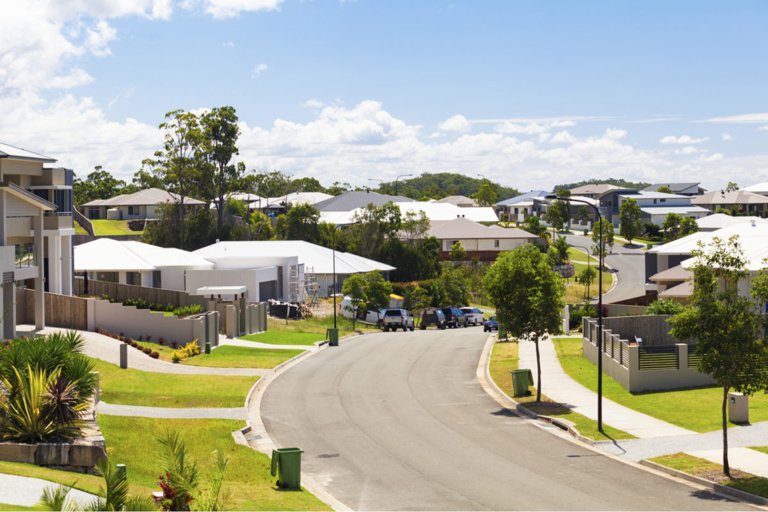Opinion
What the City Can Learn from Its Suburbs
In resilience and neighborly spirit, Sydney’s fringe communities may hold the blueprint for stronger urban living.
19 May 2025 at 5:31 AM | By Alisha Grant, BridgeView Bulletin

As Sydney’s urban core grows denser and more complex, planners and policymakers are turning to its suburban outskirts for inspiration on how to build more resilient, connected communities. While suburbs are often stereotyped as sprawling and car-dependent, many are cultivating social cohesion and grassroots innovation in ways that inner-city districts struggle to replicate.
In areas like Fairfield, Blacktown, and Campbelltown, residents have developed strong community networks through cultural associations, church groups, and local markets. These informal systems of care—where neighbors check on one another and share resources—played a crucial role during the COVID-19 lockdowns and continue to offer support in times of crisis.
Local councils in outer suburbs have also embraced participatory planning models that give residents a stronger voice in shaping their neighborhoods. From co-designed park upgrades in Penrith to community-led arts initiatives in Liverpool, these projects reflect a shift toward bottom-up development rooted in lived experience.
One lesson for the inner city is the importance of multipurpose spaces. Suburban libraries and community halls often double as meeting spots, emergency relief centers, and job training venues. Their flexibility makes them more adaptable to changing needs—a feature often lacking in the tightly zoned urban core.
Transport remains a challenge, but some suburbs are piloting micro-mobility solutions like shared e-bikes and community shuttle buses that serve aging populations and young families alike. These local fixes, while modest, are building more inclusive networks and reducing dependence on private vehicles.
Another strength is intergenerational living. Extended families under one roof are more common in Sydney’s western and southern suburbs, offering built-in childcare and elder care. Urban planners suggest that embracing diverse housing models in the city—like duplexes or accessory dwellings—could replicate this support structure without relying on expensive external services.
Ultimately, what the city can learn from its suburbs is less about infrastructure and more about values: trust, reciprocity, and local pride. As Sydney evolves, these social ingredients may prove just as essential as trains, towers, or tech hubs in building a truly livable metropolis.